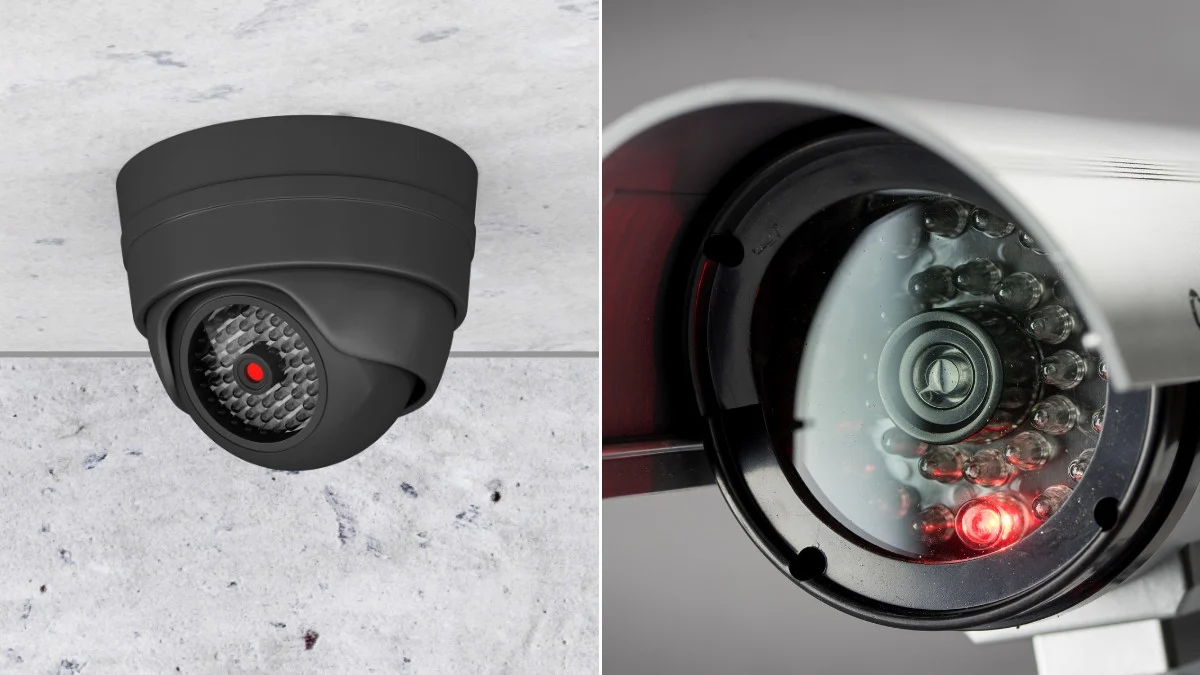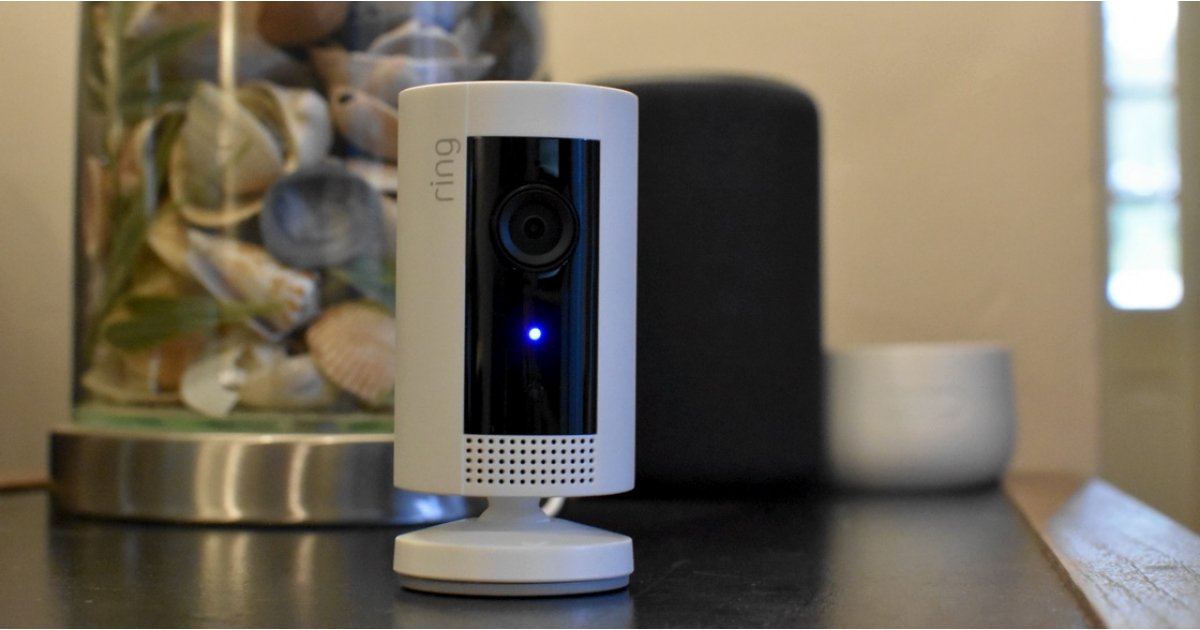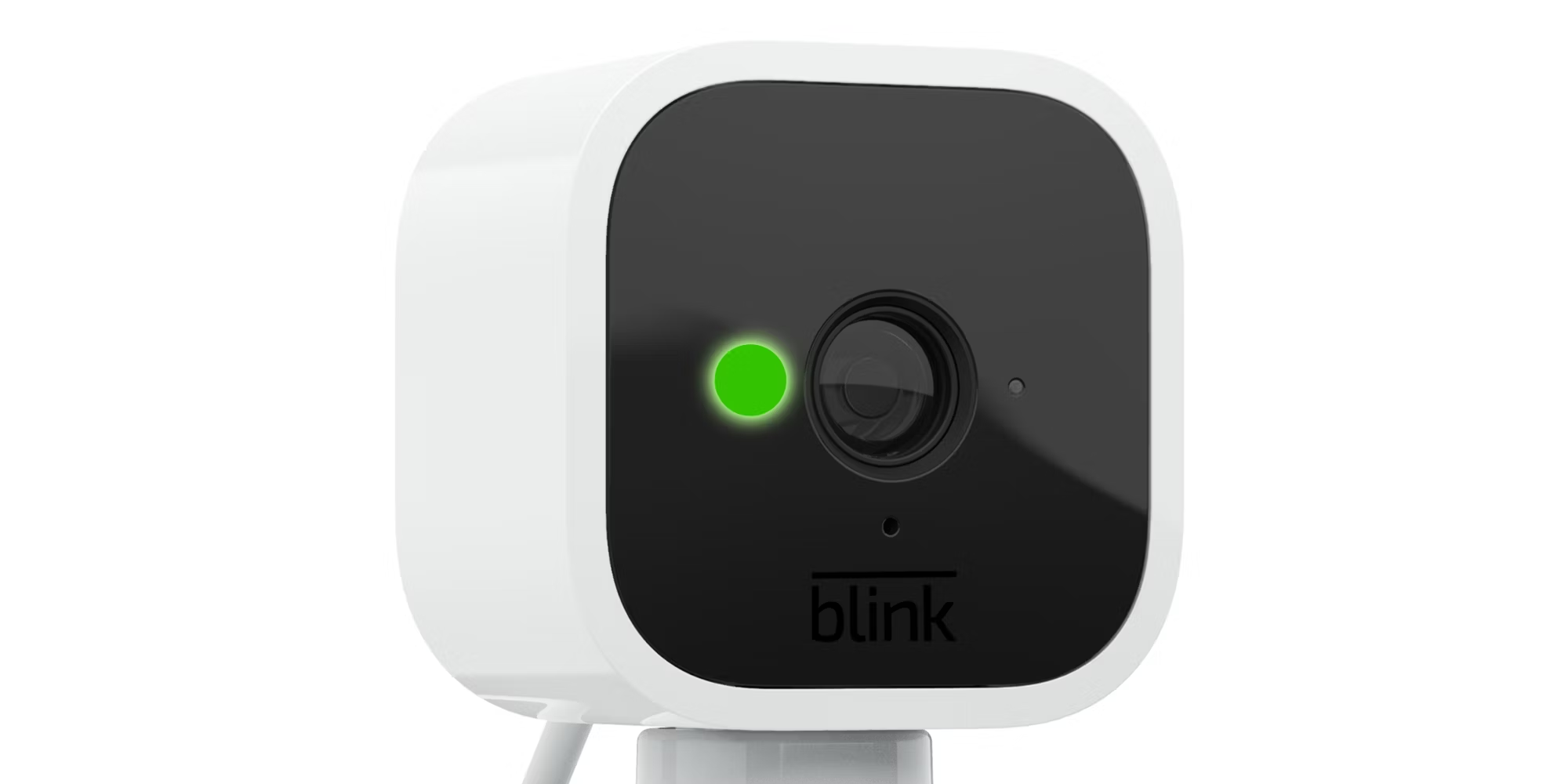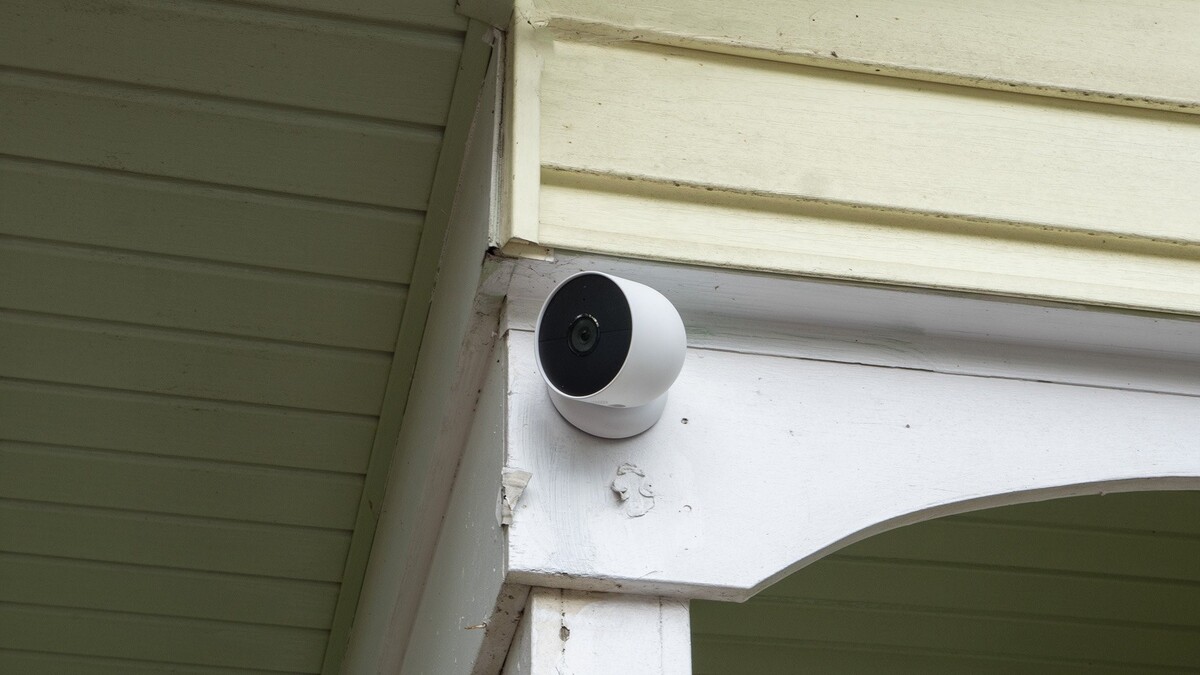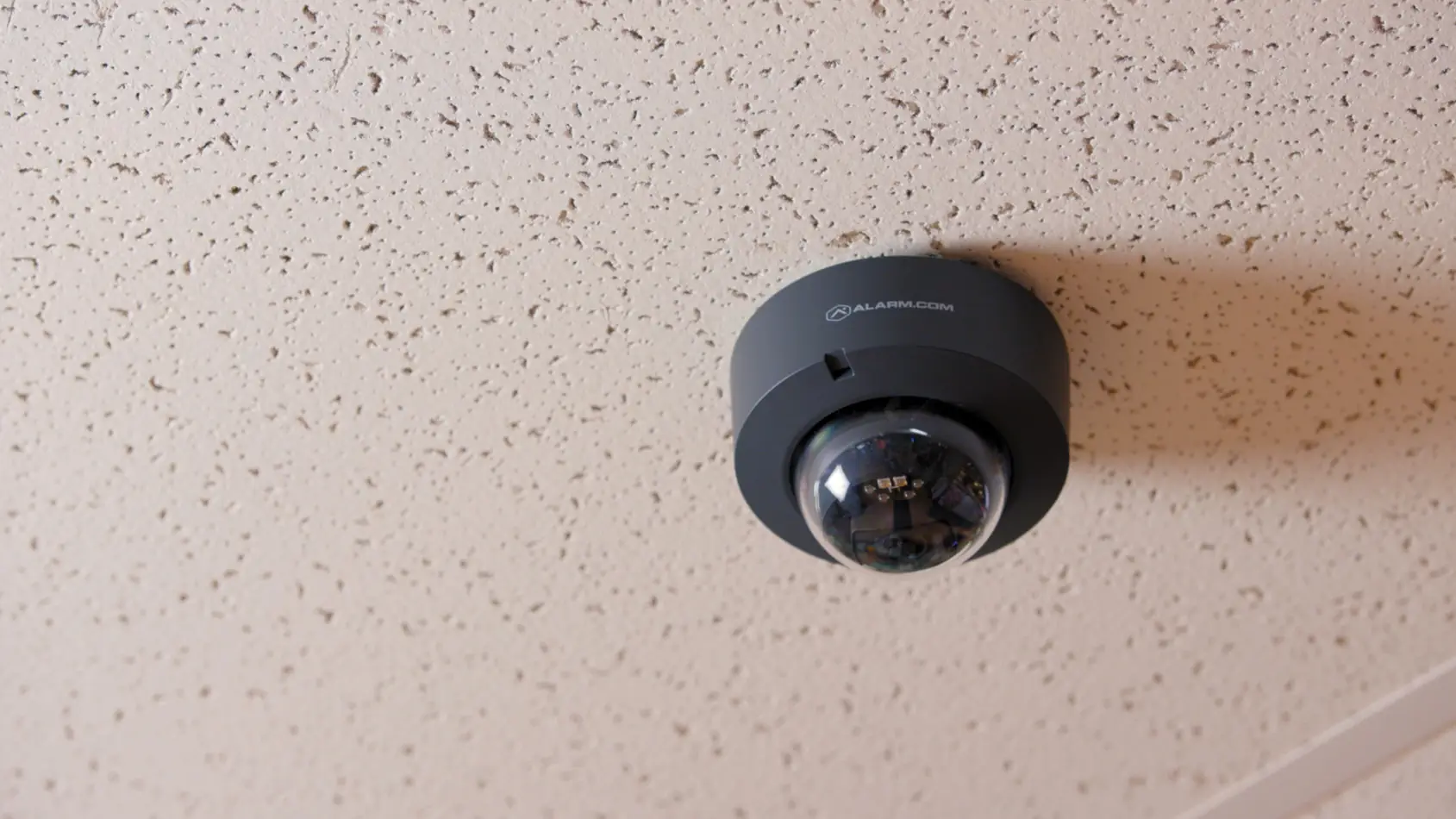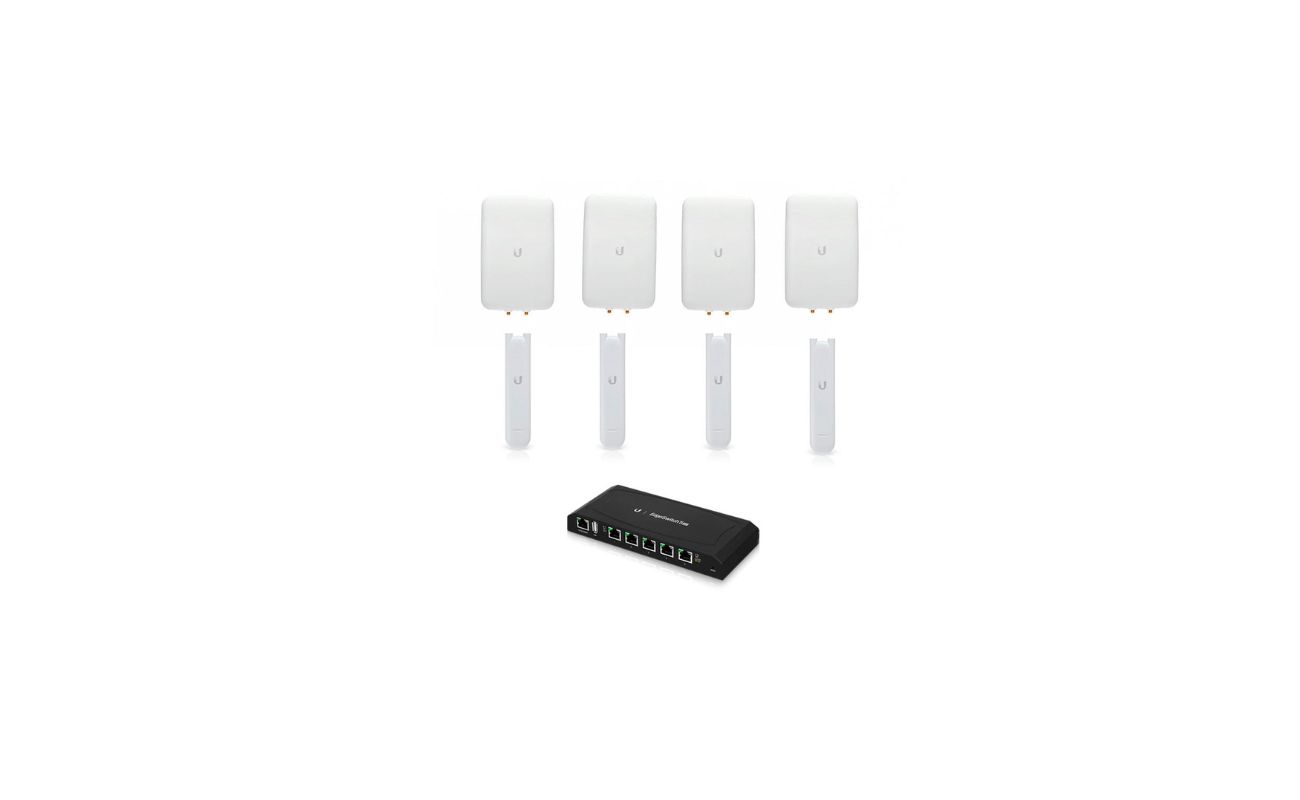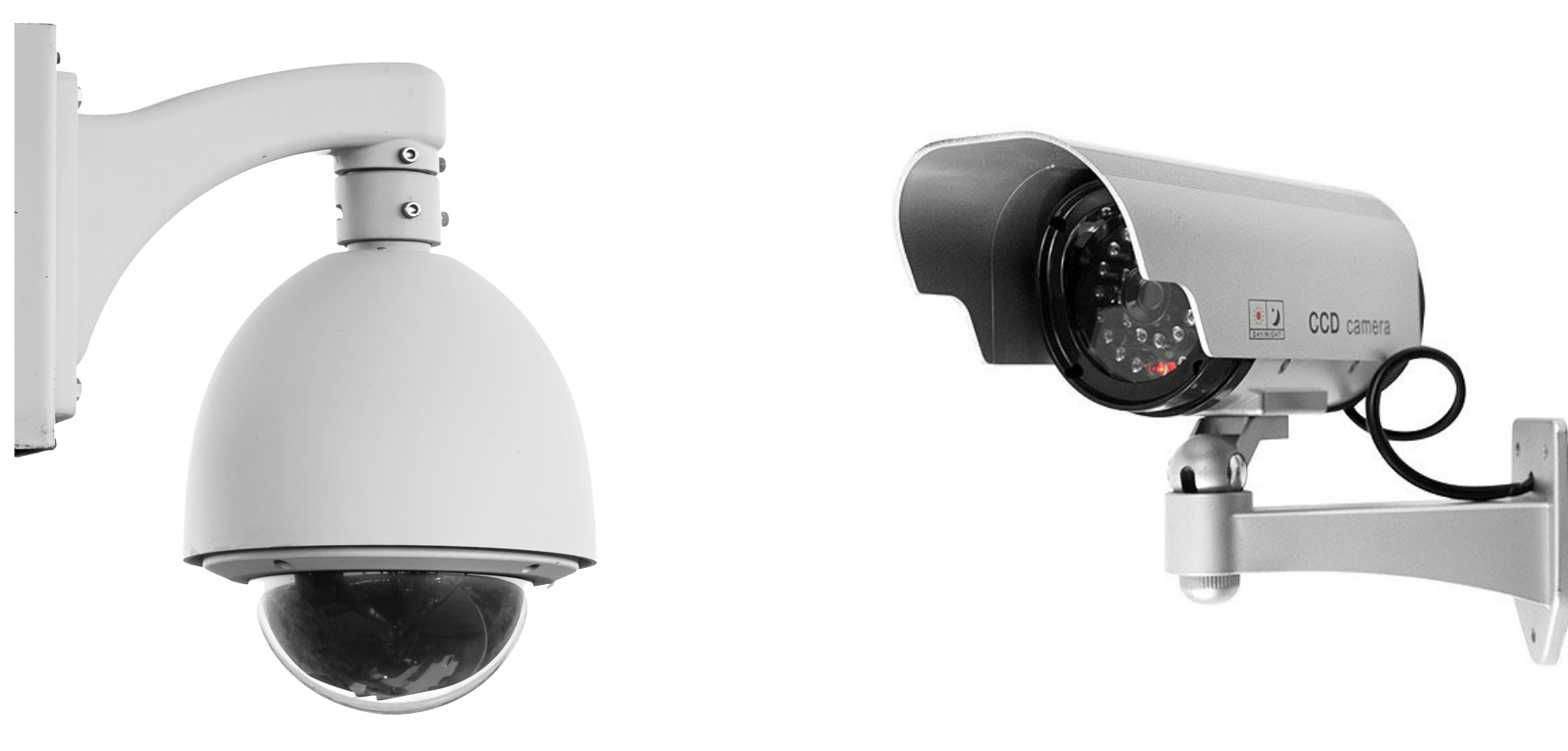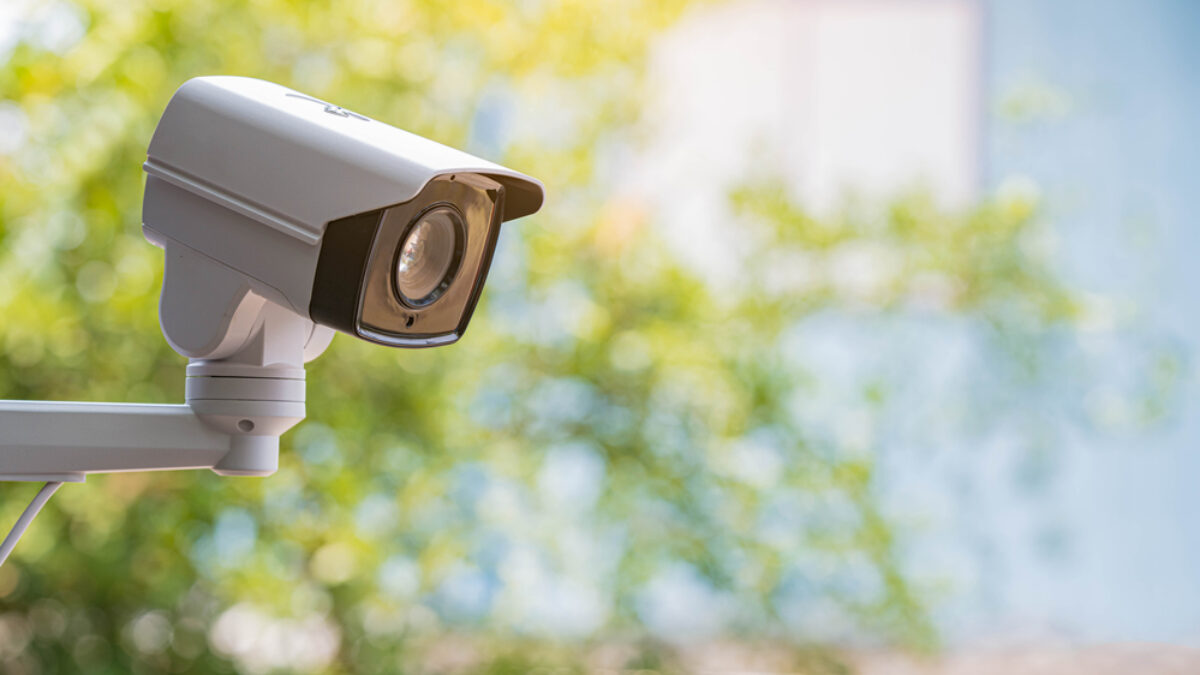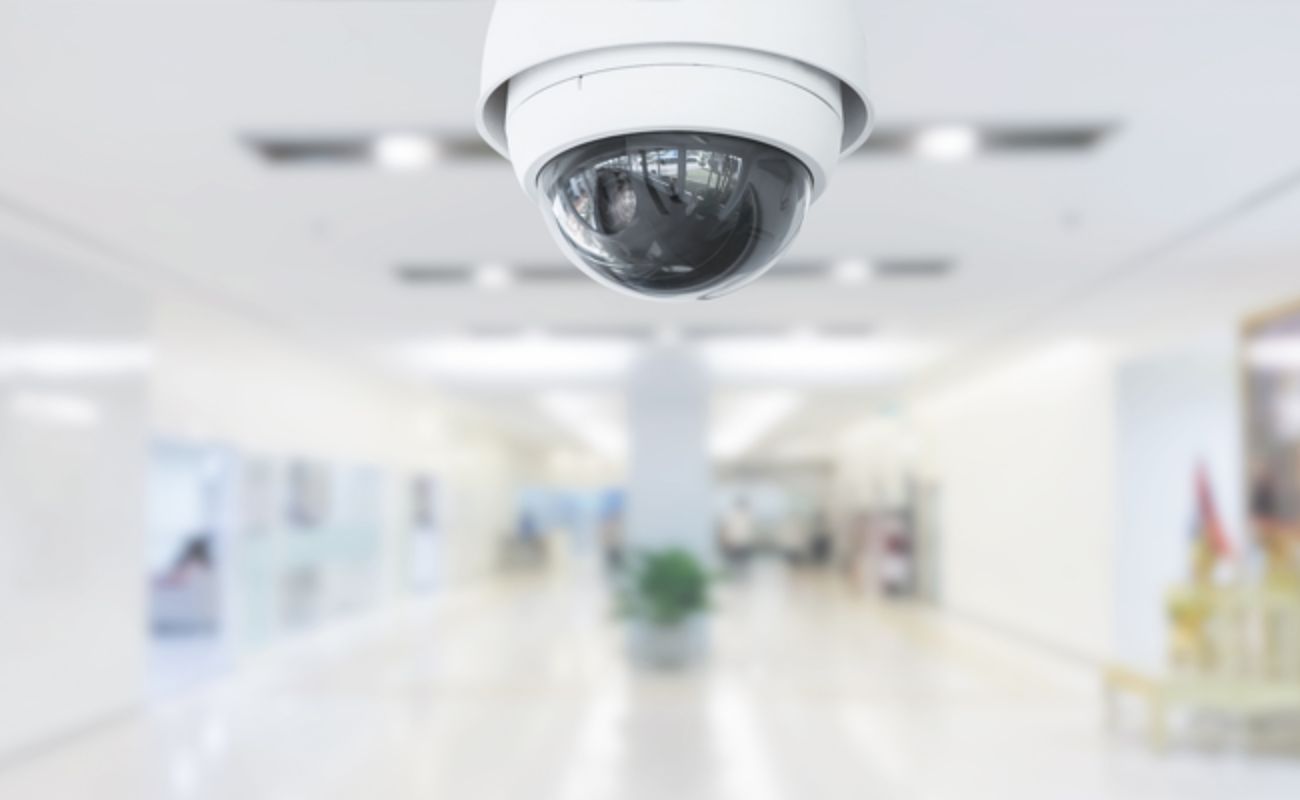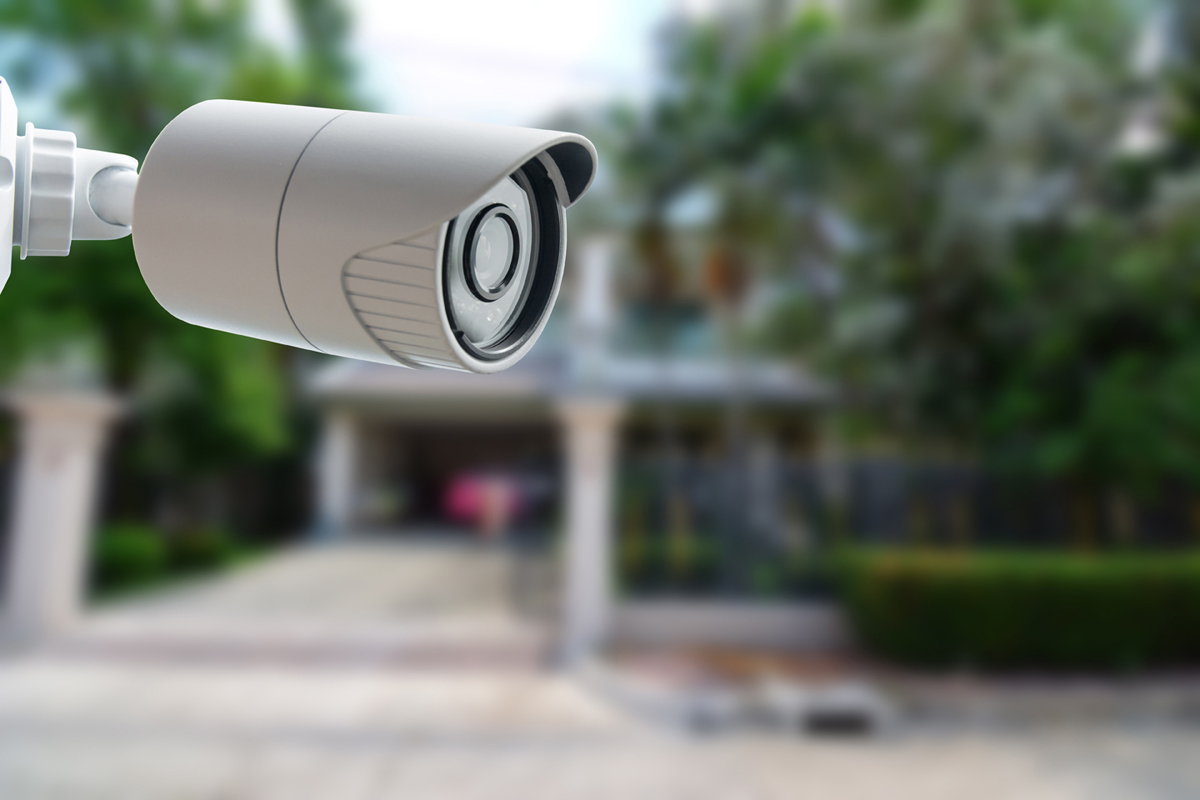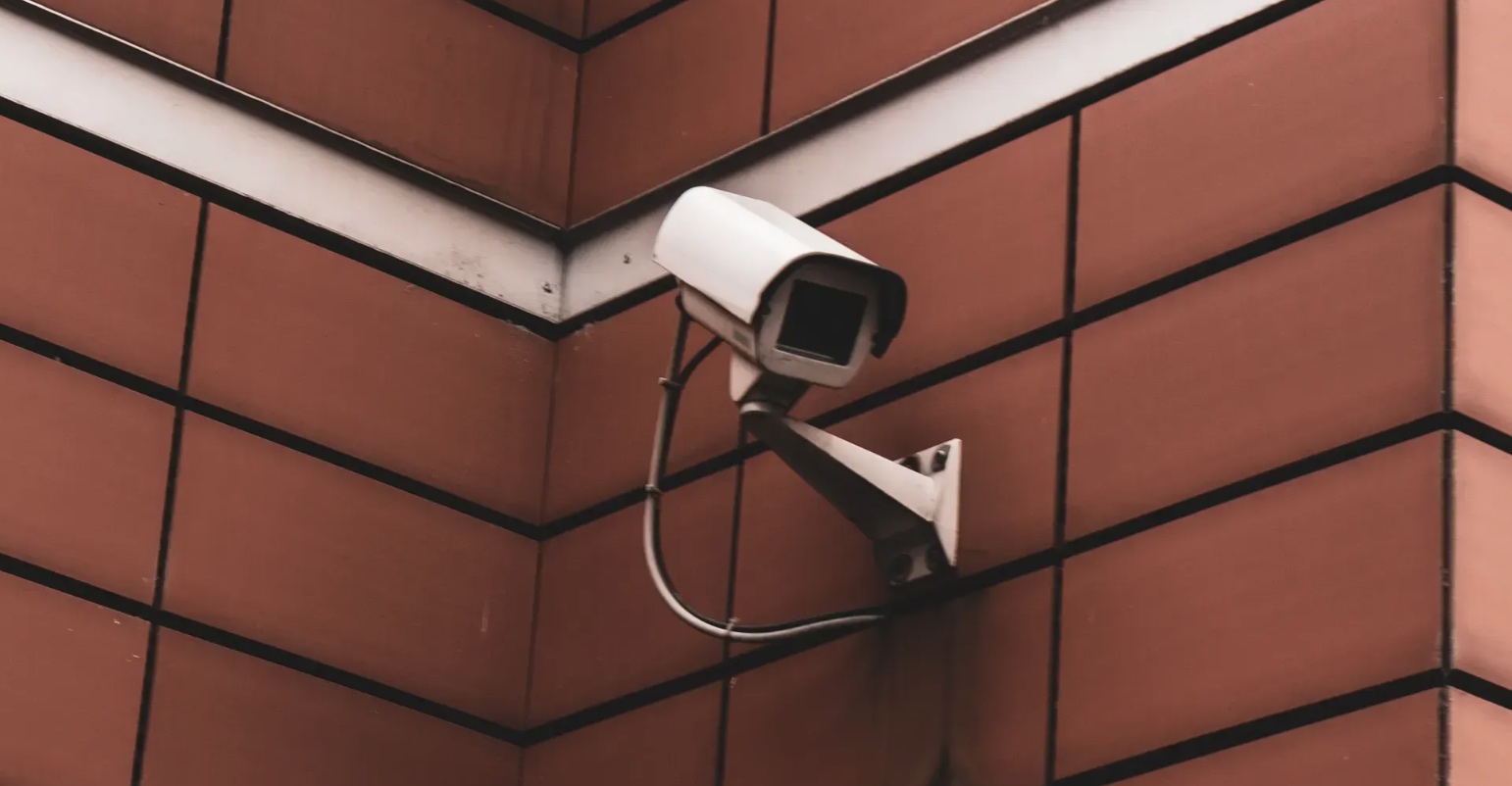Home>Home Security and Surveillance>What Does “M” Mean On A Security Camera
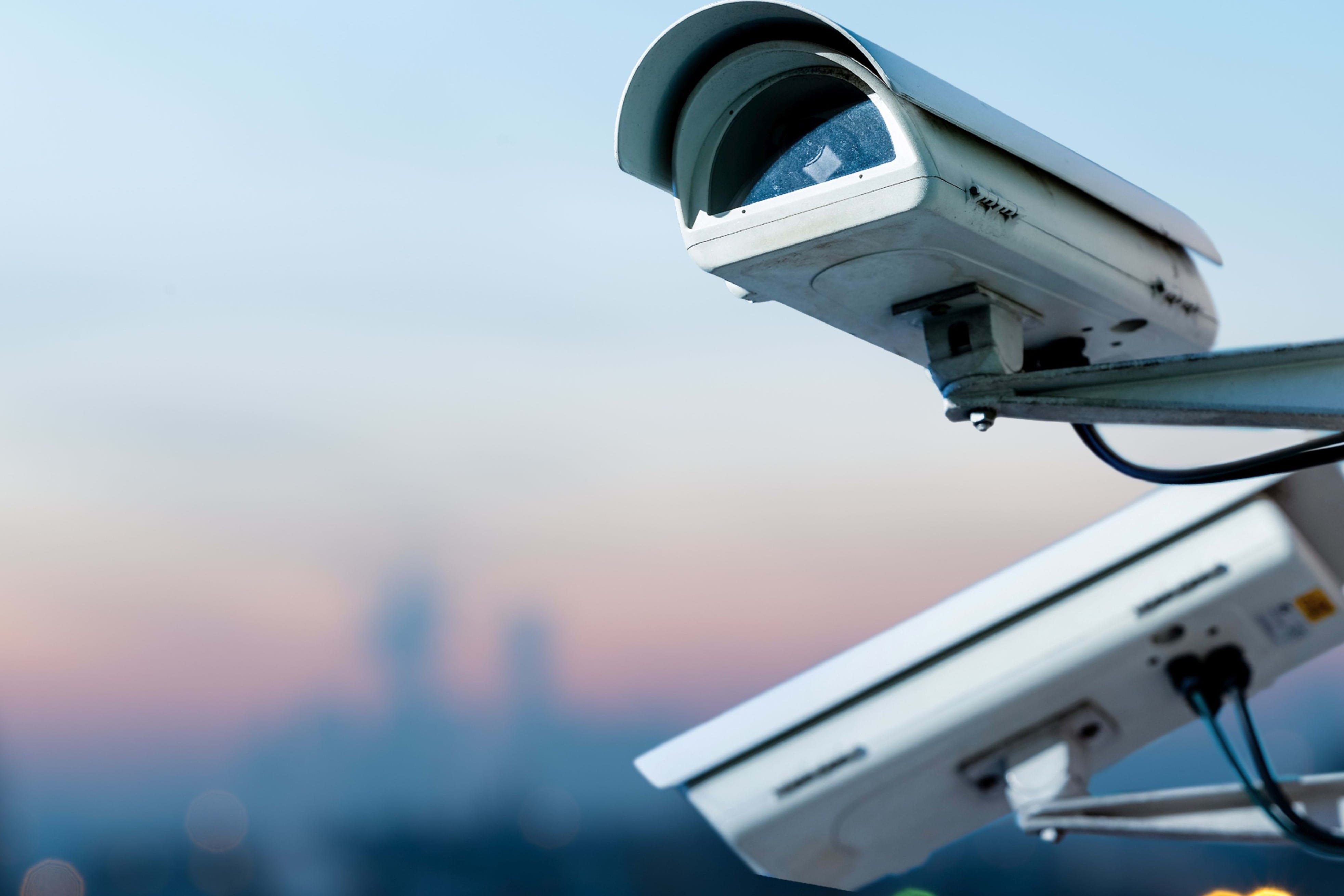

Home Security and Surveillance
What Does “M” Mean On A Security Camera
Modified: March 6, 2024
Discover the meaning of "M" on a security camera and how it relates to your home security and surveillance setup. Uncover the secrets behind this important feature.
(Many of the links in this article redirect to a specific reviewed product. Your purchase of these products through affiliate links helps to generate commission for Storables.com, at no extra cost. Learn more)
Introduction
Welcome to the world of home security and surveillance! Whether you’re a homeowner looking to protect your property or a business owner wanting to ensure the safety of your premises, security cameras are an essential component of any comprehensive security system. These state-of-the-art devices empower you to monitor your surroundings, deter potential intruders, and provide crucial evidence in the event of a security breach.
However, when delving into the realm of security cameras, you may come across various labels and abbreviations that can be confusing. One particular label that often raises questions is the letter “M.” You may find it on the specifications or packaging of security cameras, leaving you to wonder what it signifies. In this article, we will explore the meaning of “M” on a security camera and shed light on its significance.
Understanding these labels is crucial for making informed choices when purchasing a security camera. By deciphering the intricate details, you can ensure that you find the perfect camera that meets your specific needs and fulfills your security requirements.
So, let’s dive into the world of security camera labels and uncover the mystery behind the letter “M.”
Key Takeaways:
- “M” on a security camera usually means megapixels, which affects image clarity. Higher “M” equals clearer images, but also requires more storage and may cost more.
- Understanding “M” helps choose the right camera for your needs, considering factors like budget, storage, and image quality. It’s crucial for effective home security and surveillance.
Read more: What Does Nvr Mean On Security Cameras
Understanding Security Camera Labels
Security camera labels are essential pieces of information that provide you with valuable insights into the camera’s features, specifications, and capabilities. These labels are typically found on the packaging or in the product description, and they serve as a guide to help you make the right choice.
When it comes to understanding security camera labels, it’s important to familiarize yourself with the terminology commonly used in the industry. Here are a few key terms you may come across:
- Resolution: This refers to the number of pixels a camera can capture and is usually measured in megapixels (MP). A higher resolution means a clearer and more detailed image.
- Field of View (FOV): The field of view determines the area that the camera can capture. It is measured in degrees and can range from narrow (e.g., 60 degrees) to wide (e.g., 180 degrees).
- Night Vision: Cameras equipped with night vision capabilities can capture clear footage even in low light or complete darkness. This feature is particularly important for outdoor surveillance or monitoring areas with limited lighting.
- Storage: Cameras may have built-in storage or require external storage devices (such as SD cards or network-attached storage) to save recorded footage. The storage capacity determines how much footage the camera can store before overwriting older recordings.
- Connectivity: Cameras can be wired or wireless. Wired cameras require physical connections to power and network sources, while wireless cameras utilize Wi-Fi or other wireless protocols to transmit data.
- Weather Resistance: Outdoor cameras should be weather-resistant to withstand various climatic conditions, including rain, snow, and extreme temperatures.
These are just a few examples of the terms you might encounter on security camera labels. It’s essential to understand these specifications to make an informed decision about the camera that best suits your needs.
Now that we have a basic understanding of security camera labels, let’s explore what the “M” means when it appears on a security camera.
What “M” Represents on a Security Camera
When you come across the letter “M” on a security camera label, it typically refers to the camera’s resolution in megapixels (MP). Megapixels represent the number of individual pixels that make up an image captured by the camera.
The resolution of a security camera plays a crucial role in determining the clarity and level of detail in the footage it captures. Higher resolution cameras produce sharper and more detailed images, which can be beneficial for identifying small details or objects in the footage.
The most common resolutions found on security cameras are 720p (1MP), 1080p (2MP), 4MP, and 8MP (4K). The number before the “M” indicates the approximate number of megapixels the camera possesses. For example, a camera labeled as 4MP means it has a resolution of 4 megapixels.
Higher megapixel cameras generally offer better image quality because they have more pixels to capture details. However, it’s important to note that the resolution alone does not guarantee superior image quality. Other factors like the camera’s sensor size, lens quality, and image processing capabilities also contribute to the overall image performance.
When choosing a security camera with a specific resolution, it’s essential to consider your specific requirements. If you need the ability to digitally zoom in on footage and still maintain image clarity, a higher resolution camera would be more suitable. However, if you are working with a tight budget or don’t require extensive zoom capabilities, a lower resolution camera may still suffice.
Now that we understand what “M” represents on a security camera, let’s explore different interpretations of this label.
Different Interpretations of “M”
While the letter “M” on a security camera usually denotes the camera’s resolution in megapixels, it’s important to note that it can also have other interpretations depending on the context. Here are a few different interpretations of “M” you might come across:
- Megapixels (MP): As mentioned earlier, the most common interpretation of “M” on a security camera is megapixels. It indicates the number of individual pixels that make up an image captured by the camera. Higher megapixel cameras generally offer better image quality and more detailed footage.
- Mobile Connectivity: In some cases, “M” could refer to the camera’s mobile connectivity capabilities. This means that the camera can be accessed and controlled remotely using a smartphone or tablet. Mobile connectivity allows you to monitor your security camera’s feed and control its settings from anywhere with an internet connection.
- Motion Detection: Another interpretation of “M” on a security camera is motion detection. Cameras with motion detection capabilities can detect movement within their field of view. This feature is particularly useful for triggering alerts or notifications when unexpected activity is detected, enhancing the camera’s effectiveness in surveillance.
- Microphone: Some security cameras come equipped with built-in microphones to capture audio along with the video. In this case, “M” could represent the presence of a microphone, indicating that the camera can record audio in addition to video footage.
- Mirror: In certain scenarios, “M” might stand for mirror, indicating that the camera has a built-in mirror to achieve a specific viewing angle or to support discreet surveillance in certain environments.
It’s important to carefully examine the product description or consult the manufacturer when you encounter the letter “M” on a security camera label. Understanding the specific interpretation will help you make an informed decision and ensure the camera meets your specific requirements.
Now that we have explored different interpretations of “M,” let’s delve into the factors that influence the use of “M” on security cameras.
The “M” on a security camera typically stands for “megapixel,” indicating the resolution of the camera. Higher megapixels result in clearer and more detailed images.
Factors Influencing the Use of “M” on Security Cameras
Several factors influence the use of the letter “M” on security cameras, particularly when it represents the camera’s resolution in megapixels. Understanding these factors can help you determine the appropriate resolution for your specific security needs. Here are some key considerations:
- Image Quality: The resolution of a security camera directly impacts its image quality. Higher resolution cameras with more megapixels can capture finer details, making them ideal for scenarios where clear visuals are critical, such as identifying faces or license plate numbers. However, for general monitoring or wide-area coverage, a lower resolution camera may still provide satisfactory results.
- Storage and Bandwidth: Higher resolution cameras produce larger file sizes, requiring more storage space and consuming more network bandwidth. Consider the storage capacity of your recording system and the available network resources when choosing the appropriate camera resolution. If you have limited storage or bandwidth, opting for a lower-resolution camera might be more practical.
- Budget: Higher resolution cameras tend to come with a higher price tag. It’s important to consider your budget and allocate resources accordingly. While higher resolutions may offer superior image quality, it’s essential to strike a balance between your budget and the level of detail you require.
- Application and Environment: The specific application and environment in which the camera will be used also influence the choice of resolution. For example, if you need a security camera for a small indoor space like an office or a retail store, a lower-resolution camera might suffice. On the other hand, outdoor areas or locations that require detailed monitoring, such as large parking lots or warehouses, may benefit from higher-resolution cameras.
- System Integration: The compatibility and integration with your existing security system can also impact the choice of camera resolution. Ensure that the selected camera resolution aligns with the capabilities and requirements of your recording system, video management software, or other surveillance equipment.
By considering these factors, you can make an informed decision about the appropriate camera resolution for your specific security needs. Finding the right balance between image quality, storage/bandwidth considerations, budget, application, and system integration will help you optimize the overall effectiveness of your security camera setup.
Having explored the factors influencing the use of “M” on security cameras, let’s now examine the benefits and limitations of this label.
Read more: What Does HDD Mean On Security Cameras
Benefits and Limitations of “M” in Security Cameras
The letter “M” on security cameras, representing the resolution in megapixels, has both benefits and limitations that you should be aware of. Understanding these can help you make an informed decision when selecting a camera for your security needs. Let’s explore the advantages and limitations:
Benefits:
- Higher Image Quality: Cameras with higher megapixel resolutions can capture more details and produce clearer images. This is especially useful for situations that require accurate identification, such as recognizing faces or reading license plates.
- Enhanced Zooming Capability: Higher resolution cameras allow for greater digital zoom capabilities while maintaining image clarity. This can help in closely examining specific areas of interest within the footage without compromising quality.
- Improved Post-Recording Analysis: Higher-resolution footage provides forensic advantages. It allows for better post-recording analysis, enabling you to zoom in and extract crucial details that may be missed in lower resolution footage.
- Futureproofing: Investing in higher-resolution cameras helps futureproof your security system. As technology advances and higher resolution displays become more common, having cameras with higher megapixel counts ensures compatibility and provides the flexibility to adapt to future needs.
Limitations:
- Storage and Bandwidth Requirements: Higher-resolution cameras generate larger file sizes, requiring more storage space. If you have limited storage capacity or bandwidth, this can become a limitation. Consider the resources available in your surveillance system to ensure you can accommodate the storage requirements of higher-resolution cameras.
- Cost: Cameras with higher megapixel resolutions tend to be more expensive. The higher the resolution, the higher the price tag. Consider your budget and the specific requirements of your security needs when deciding on the appropriate resolution.
- Processing Power: Cameras with higher resolutions require more processing power to handle the increased data. Ensure your recording system and network infrastructure can support the higher resolution cameras without performance degradation.
- Diminished Low-Light Performance: In some cases, higher-resolution cameras may sacrifice low-light performance due to smaller pixel sizes. If you require strong low-light capability, consider cameras specifically designed for low-light environments rather than relying solely on resolution.
Considering both the benefits and limitations of “M” in security cameras is crucial to making an informed decision. Assess your specific requirements, budget, and infrastructure capabilities to determine the optimal resolution for your security needs.
Now that we’ve explored the benefits and limitations, let’s summarize the key points.
Conclusion
Understanding the various labels and abbreviations on security cameras is essential for selecting the right camera that meets your specific home security and surveillance needs. In this article, we focused on deciphering the meaning of the letter “M” on security camera labels, which usually represents the camera’s resolution in megapixels (MP).
We discussed how higher-resolution cameras with more megapixels generally offer better image quality and greater detail in captured footage. However, it’s important to consider factors such as storage and bandwidth requirements, budget constraints, and the specific application and environment in which the camera will be used.
We also explored different interpretations of “M” on security cameras, including mobile connectivity, motion detection, microphone presence, and the inclusion of a mirror. It’s crucial to carefully examine the product description or consult the manufacturer to determine the specific interpretation in each case.
Additionally, we discussed the benefits of higher resolution, such as improved image quality, enhanced zooming capability, and futureproofing your security system. On the other hand, we considered limitations such as storage and bandwidth requirements, cost considerations, processing power, and potential trade-offs in low-light performance.
By weighing the advantages and limitations of “M” in security cameras, you can make an informed decision that best aligns with your requirements, budget, and infrastructure capabilities.
Remember, selecting the right security camera is just one aspect of creating a comprehensive security system. It’s important to consider other factors such as camera placement, integration with other security devices, and implementing best practices for effective surveillance.
We hope this article has provided you with valuable insights into the meaning of “M” on security camera labels and has helped you navigate the world of home security and surveillance more confidently. With the right camera and a well-designed security system in place, you can ensure the safety and protection of your home or business.
Frequently Asked Questions about What Does "M" Mean On A Security Camera
Was this page helpful?
At Storables.com, we guarantee accurate and reliable information. Our content, validated by Expert Board Contributors, is crafted following stringent Editorial Policies. We're committed to providing you with well-researched, expert-backed insights for all your informational needs.

